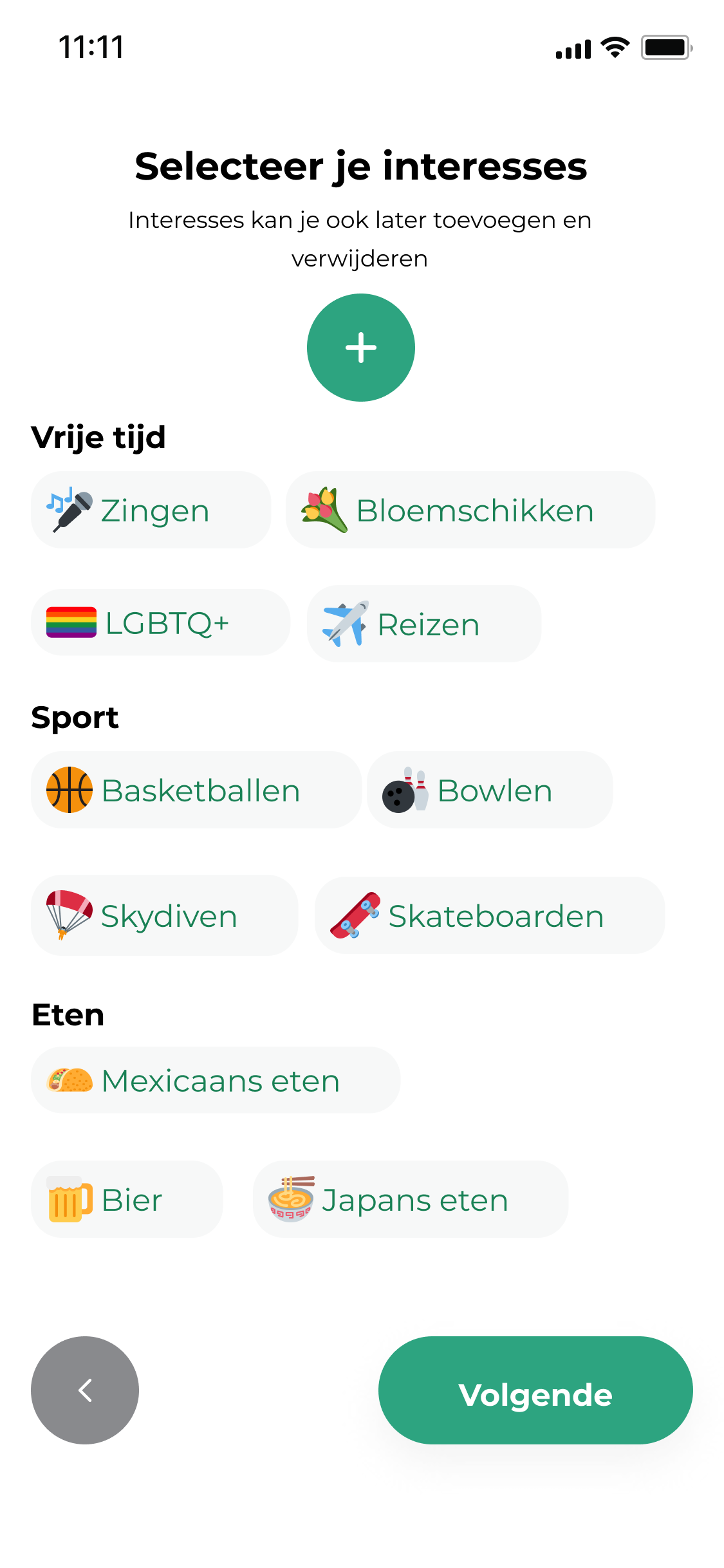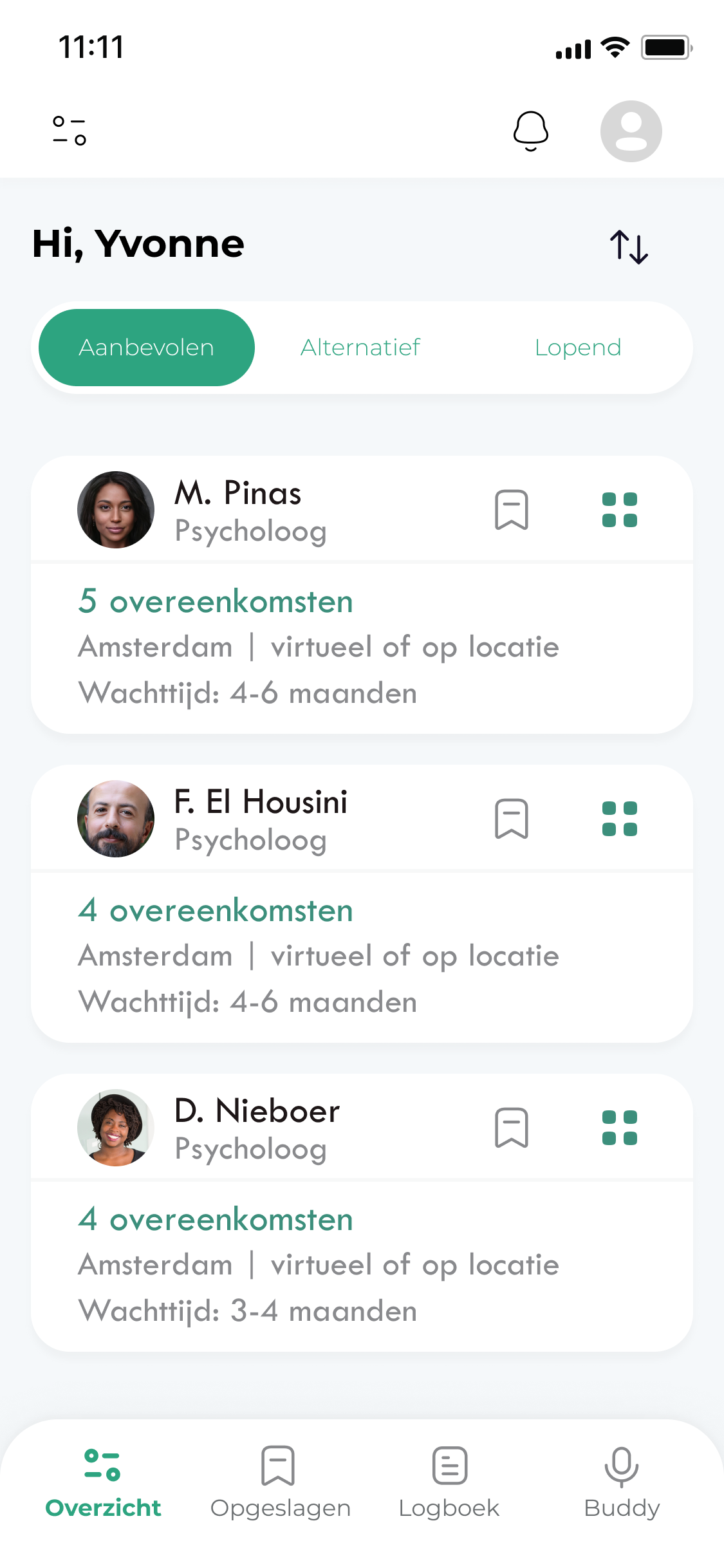Mental.
Mental is the name of this project and the app that is created at the end of this 20 week graduation project in my last year at the Hogeschool van Amsterdam. The project was an individual project in collaboration with Monkeyshot Antwerp (UX agency). During this project I researched the mental health care system in The Netherlands and the experiences of young adults with a non-western migration background. During the project I've been in contact with multiple people from the target group and several experts (psychologists, a psychiatrist and a social worker).





